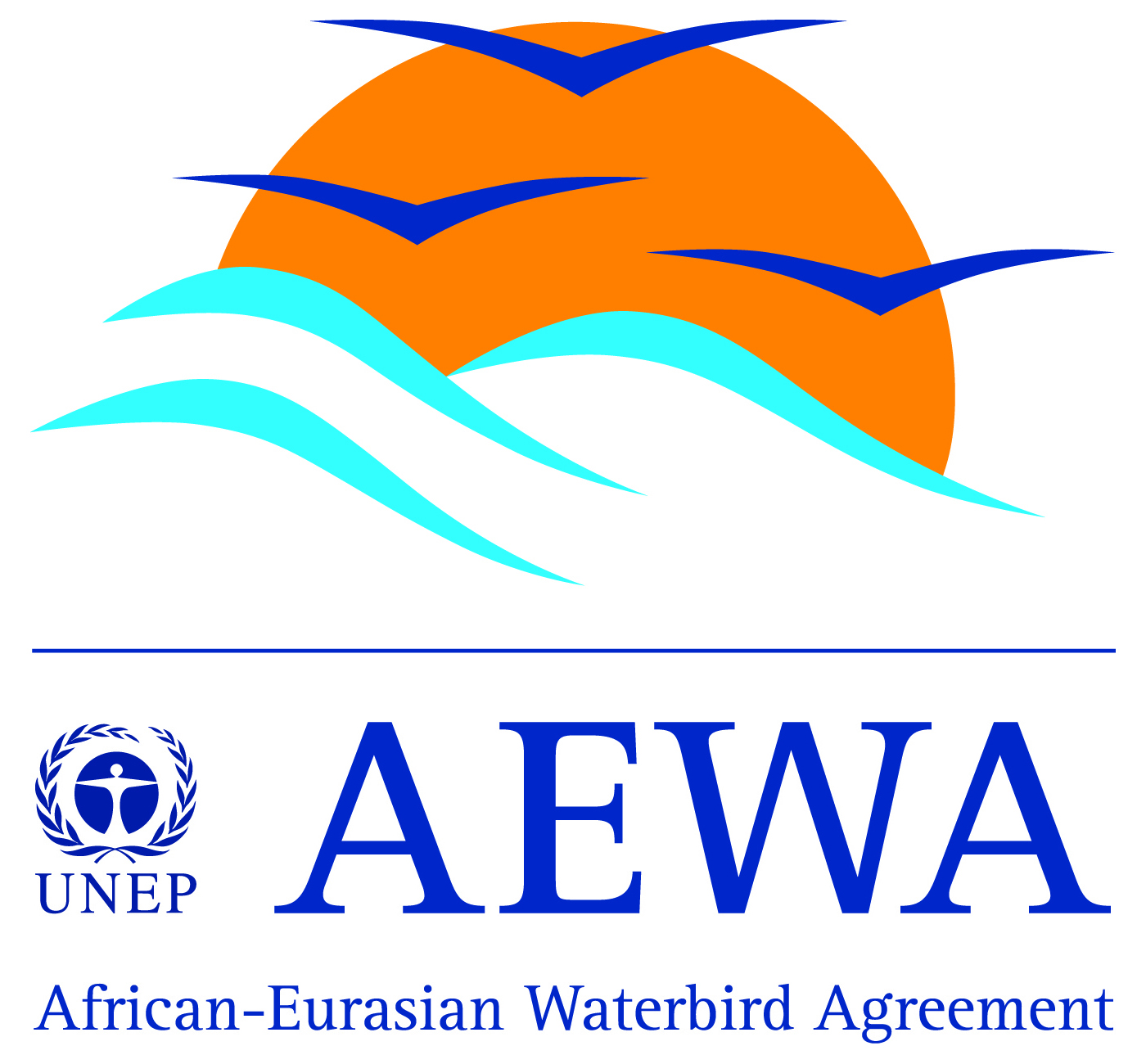Effectiveness of head-starting to bolster Philippine crocodile Crocodylus mindorensis populations in San Mariano municipality, Luzon, Philippines
-
Published source details
van de Ven W.A.C. , Guerrero J.P., Rodriguez D.G., Telan S.P., Balbas M.G., Tarun B.A., van Weerd M., van der Ploeg J., Wijtten Z., Lindeyer F.E. & de Iongh H.H. (2009) Effectiveness of head-starting to bolster Philippine crocodile Crocodylus mindorensis populations in San Mariano municipality, Luzon, Philippines. Conservation Evidence, 6, 111-116.
Published source details van de Ven W.A.C. , Guerrero J.P., Rodriguez D.G., Telan S.P., Balbas M.G., Tarun B.A., van Weerd M., van der Ploeg J., Wijtten Z., Lindeyer F.E. & de Iongh H.H. (2009) Effectiveness of head-starting to bolster Philippine crocodile Crocodylus mindorensis populations in San Mariano municipality, Luzon, Philippines. Conservation Evidence, 6, 111-116.
Actions
This study is summarised as evidence for the following.
| Action | Category | |
|---|---|---|
|
Head-start wild-caught reptiles for release: Crocodilians Action Link |
|
-
Head-start wild-caught reptiles for release: Crocodilians
A replicated, controlled study in 2005–2009 in a captive facility and ponds, creeks and rivers in northern Luzon, Philippines (van de Ven et al. 2009; same experimental set-up as van Weerd et al. 2010) found that most head-started Philippine crocodiles Crocodylus mindorensis survived rearing in captivity and at least half survived their first year in the wild. After one year in captivity, head-started Philippine crocodile hatchling survival was 72% (63 of 88), compared to 47% (17 of 36) for wild hatchlings (results were not statistically tested). After one year in the wild, at least 17 of 32 (53%) head-started hatchling crocodiles were still alive. Authors reported that the released head-started crocodiles adapted well to natural conditions and increased in size. In 2005–2008, crocodile hatchlings were collected from the wild just after hatching (88 individuals) and 32 crocodiles were released back into their natural habitat after being head-started for 14–18 months (31 still held in captivity in 2009). Two ponds (75–450 m2) were created to provide suitable release habitat. Growth and survival was monitored by night surveys for one year after release. In 2000–2006, thirty-six wild hatchlings were monitored every three months for one year to compare survival rates.
(Summarised by: Maggie Watson, Katie Sainsbury)
Output references
|
|





)_2023.JPG)














